Earlier this week we shared some easement-related due diligence on social media after we rejected a property on the basis of this issue.
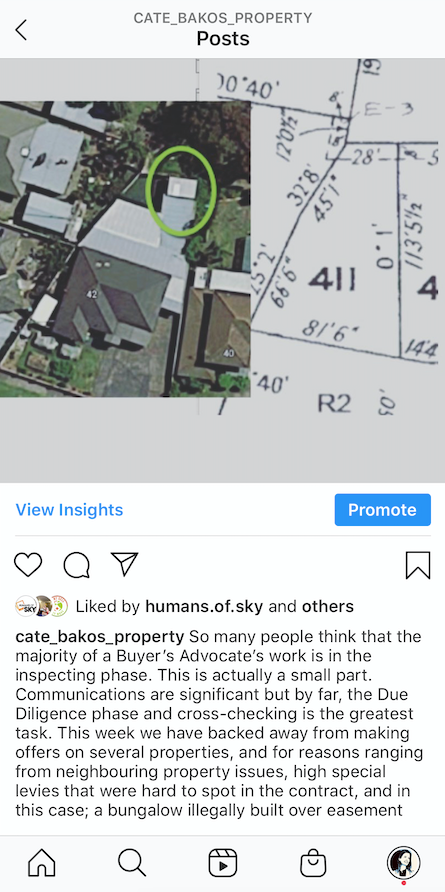
Most buyers broadly understand the concept of an easement, but for those who either disregard this concept or neglect to understand any easements affecting the property they are considering purchasing, the upset felt when they later discover the said easement can be distressing. Whether their future plans are precluded, or their sense of exposure to an illegal structure is alarming, it’s never a happy feeling.
Buyers who think that an easement can be identified by checking the contract are also taking a chance.
Not all easements are identified in a basic Sale of Land contract.
A thorough review and further time and expenditure on disbursements may be required. This step will be initiated by a thorough legal rep who identifies the need for further documentation to be ordered, and obtaining certificates generally requires a few days.
Leaving the contract legal review to the last minute, particularly before auction can be risky.
So, what is an easement?
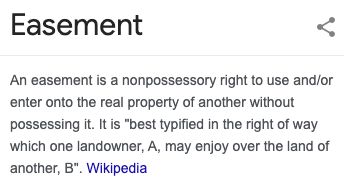
As Wikipedia states, an easement on one’s land gives specified others the right to access their land for a particular reason. Such reasons aren’t limited to, but include;
- An asset owned by an authority being situated on, or under the land,
- A pedestrian, (or nightman) access way,
- A shared service in a strata block, and
- A shared carriageway, as shown below. Typically these are found in older, established areas where a driveway is shared by two houses that enable parking at the rear of each property.
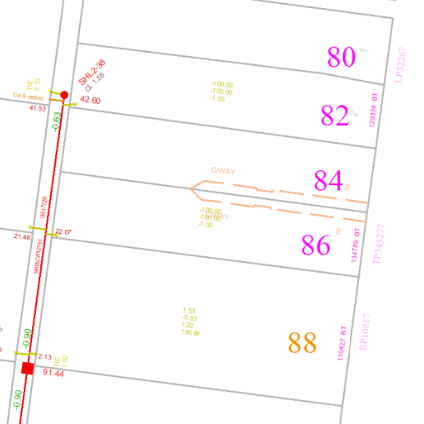
Typically, a property owner is not permitted to build a permanent structure over an easement without suitable consent. Applying for such consent involves a process through the relevant local council and a permit is triggered.
A permanent structure can include a concrete slab, a shed, a pool, a pergola, decking or a dwelling. Building without consent can carry a fine, but worse still, could result in financial losses, a ‘show cause’ notice, and/or a dismantled structure. An authority possesses the right to access their asset and this usually involves mechanical digging. If this unlikely event ensues, dismantling a structure that does not carry a Build Over Easement Consent will be conducted at the cost of the owner.
Easements can preclude renovation plans, garage builds, swimming pools, sheds and pergolas, (among other things) and they don’t always conveniently run along a boundary line, (as shown below). Some will run through the middle of a property or could be close to the existing dwelling boundary, hence restricting an owner from a slight extension.
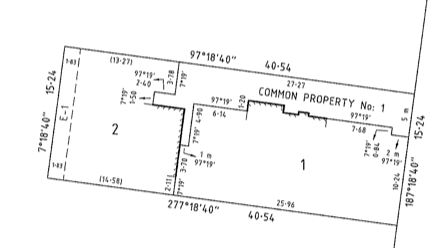
Determining what the easement is and why it is there requires some careful identification. Sometimes this information is available on the title plan, but sometimes we find that the information is gleaned from a Water or Council Certificate, and doesn’t necessarily show up on the title plan.
The issue is; in Victoria it isn’t mandatory for a Vendor’s legal representative to include a Council or Water Certificate.
The minimum requirement is a copy of the Vendor’s Water and Council Rates notice, and assets owned by either authority aren’t shown on a rates notice. Without this important piece of information, a buyer may not be privy to all easements affecting the property they’re about to purchase.

Easements enabling pedestrian or vehicle access are reasonably common, but not all property owners like the idea of someone being able to walk or drive across their land. Such an easement could require a gate on a boundary fence, or could preclude a fence altogether.
A thorough legal review of a complete* contract, (*showing all disclosures) will identify an easement, but the legal representative undertaking the review won’t necessarily be able to identify an illegal structure or an easement that has been built over. It requires the buyer to match their inspection observations with the easement location and measurements.
Aside from filming our inspections and utilising laser measures for ‘boundary to shed’ type measurements, we can also utilise google earth satellite images and information portals such as Intramaps.
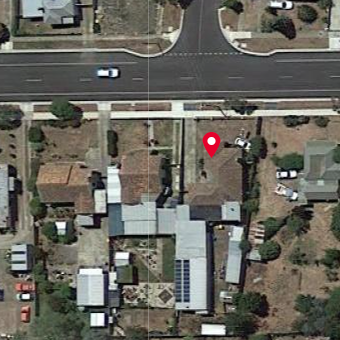
The latter technology can show historical imagery over a set period and this can be useful for determining when a structure was built.
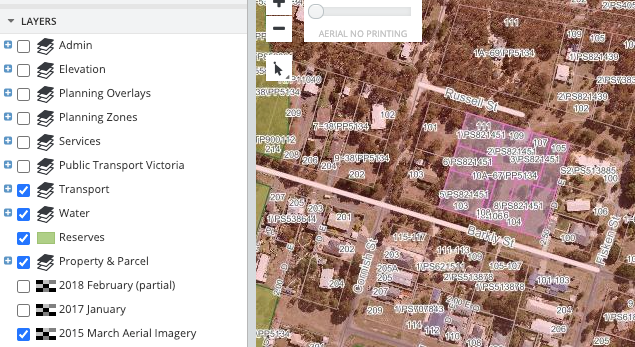
Interestingly, councils and authorities have access to this type of technology too, and their algorithms can identify when an asset is built over due to satellite map changes.
Easements don’t have to be feared, but they should definitely be identified and understood.
Related blog: Invisible Dealbreakers
REGISTER TO OUR NEWSLETTER
INFORMATION
CONTACT US
1A/58 ANDERSON STREET,
YARRAVILLE VIC 3013
0422 638 362
03 7000 6026
CATE@CATEBAKOS.COM.AU
